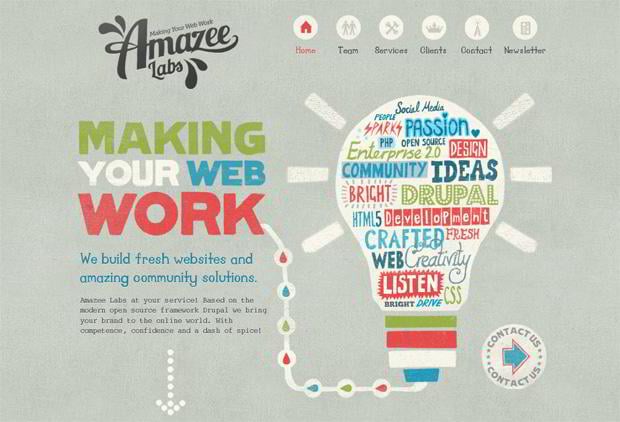Site Style Basics: Tips For Structure A User-Friendly Site
Site Style Basics: Tips For Structure A User-Friendly Site
Blog Article
Post Writer-Crews Skinner
When it involves website design, making certain user-friendliness is vital. From receptive style to streamlined navigating, every component plays a crucial duty in creating a site that accommodates your audience's demands. However what regarding the finer details that can make or break a user's browsing experience? Remain tuned as we discover some often-overlooked tips that can boost your website's functionality to the next level, making it truly stand out in the digital landscape.
Importance of Responsive Design
Receptive style is a critical element of contemporary website development. Ensuring your web site is responsive ways that it can adjust to different display sizes and gadgets, providing a seamless experience for individuals.
With organic search engine optimization increasing use mobile phones and tablets to access the internet, having a receptive design is important for getting to a wider audience. search engine optimisation firm assists in boosting customer experience by making your site easy to browse and read on any kind of device.
Additionally, responsive design can favorably influence your internet search engine positions, as search engines like Google focus on mobile-friendly sites. By having a receptive layout, you're also future-proofing your site, as new gadgets with varying screen sizes continue to emerge.
Simplify Navigating Framework
To improve individual experience and help with very easy access to information on your website, simplifying the navigation structure is paramount. When making your site, focus on developing a clear and instinctive navigation food selection that assists visitors locate what they're looking for rapidly.
Restriction the number of food selection things to the basics, organizing associated web pages with each other to avoid frustrating individuals. Usage descriptive tags that clearly indicate the material of each web page, making it less complicated for customers to comprehend where each link will certainly take them.
Consider executing dropdown menus for subcategories to avoid littering the major navigating bar. In addition, consist of a search bar plainly on the page for customers who favor searching for specific details.
Prioritize mobile responsiveness in your navigation design to make certain easy access on all tools.
Optimize Web Page Load Rate
Improving web page load rate is important for maintaining site visitors on your site. Slow-loading web pages frustrate customers and can result in high bounce prices. To optimize page tons rate, start by enhancing images. Press photos without compromising quality to reduce their file dimensions.
In addition, make it possible for browser caching to save often accessed resources locally, speeding up lots times for returning site visitors. Minify CSS, JavaScript, and HTML documents by getting rid of unneeded personalities, comments, and formatting, improving load speed.
Consider utilizing a content shipment network (CDN) to disperse your internet site's content throughout multiple web servers worldwide, lowering latency for users accessing your website from various locations. Lastly, restrict making use of third-party manuscripts and plugins, as they can dramatically impact lots times.
Conclusion
In conclusion, by incorporating responsive layout, simplifying navigating, and enhancing page load speed, you can develop an easy to use web site that attract a broader audience and boosts user experience. These essential elements ensure that site visitors can conveniently gain access to and browse your website throughout various gadgets, resulting in boosted interaction and satisfaction. By focusing on these essential facets, you can construct an effective internet site that maintains users coming back for even more.
